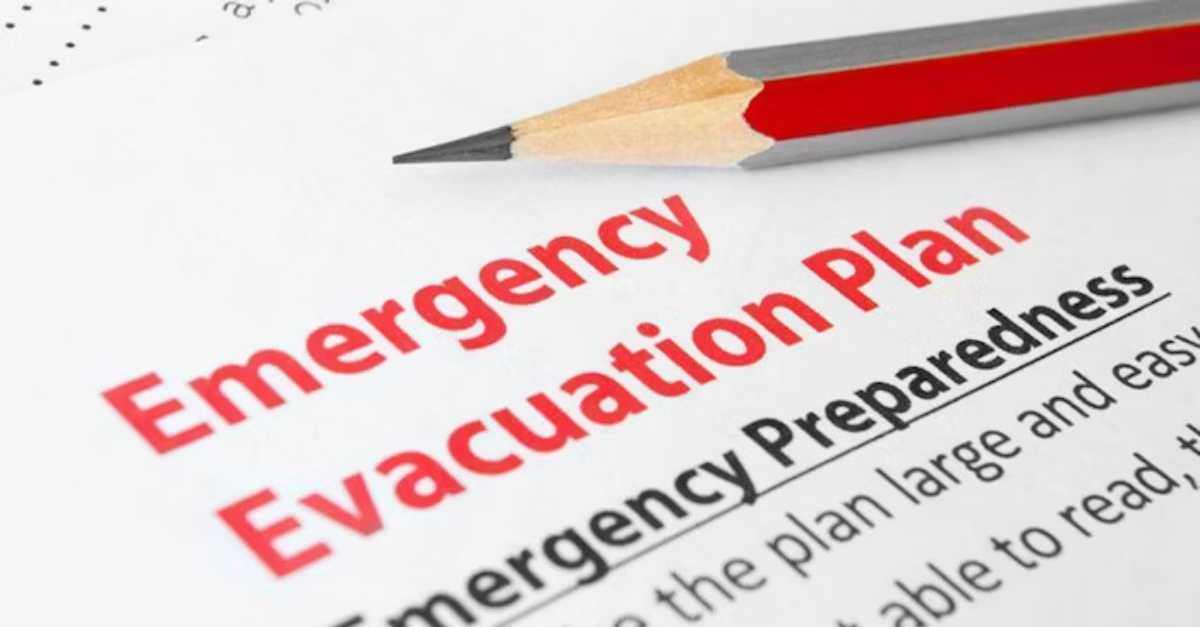
How FAMIS 360 Space Planning Helps Facilitate a Safe Return to Campus
Explore the challenges of facilitating a safe return to the workplace and effectively manage both common and uncommon spaces.
Solutions
Workplace Management Solutions
Real Estate Management Solutions
Maintenance Management Solutions
Energy Management Solutions
Engineering Document Management Solutions
Asset Management Solutions
Automate campus scheduling for classes, meetings, and exams with our EMS software.
Plan and manage conferences effortlessly with EMS software to impress guests and streamline operations.
Boost workplace flexibility and maximize space use with seamless desk and room booking.
Organize workplace or campus events smoothly, creating memorable experiences.
Optimize workspace, manage allocations efficiently, and reduce costs with our space management solutions.
Deliver projects on time and within budget by improving communication, collaboration, and efficiency with our software.
Streamline lease accounting for ASC 842, IFRS, and GASB compliance.
Manage leases efficiently by tracking key dates, analyzing costs, and ensuring compliance.
Centralize data and analytics for better insights, faster negotiations, and revenue growth.
Centralize facility and asset maintenance, automate work orders, and ensure compliance with our CMMS software.
Extend asset life, reduce downtime, and prevent costly repairs with data-driven monitoring.
Prevent equipment failures and extend asset life by detecting and addressing issues early.
Make sustainable, cost-efficient energy decisions by monitoring and optimizing power consumption.
Remotely monitor and control equipment with real-time data to predict issues, boost efficiency, and reduce downtime.
Easily share and collaborate on documents, creating a single source of truth for engineers and contractors.
Manage and analyze assets across their lifecycle to schedule maintenance, reduce downtime, and extend lifespan.
Improve visibility, automate work orders, and ensure compliance for efficient facility and asset management.
Resources
Browse our full library of resources all in one place, including webinars, whitepapers, podcast episodes, and more.
Support
Looking for access to technical support, best practices, helpful videos, or training tools? You’ve come to the right place.
About Accruent
Get the latest information on Accruent, our solutions, events, and the company at large.

Are your emergency plans complete and easily accessible to all key stakeholders? Storing this information in the cloud can simplify everything.
Outlining key roles and risks serves as the foundation of a comprehensive emergency plan. Most organizations have this information stored in a binder and, in the event of an emergency, someone has to find the binder. However, one in five companies do not have an emergency plan or business continuity plan in place, according to the International Facilities Management Association (IFMA). Emergency plans can provide guidance on actions, roles and responsibilities in case of an incident, whether the emergency event happens on-site or is impacted by a natural disaster.
In today’s world, linking your emergency planning process with a cloud-based facility and maintenance management solution can simplify execution if an emergency event does happen. It can ensure procedures align with your business standards, as well as provide key stakeholders access to essential documents stored within the system.
Define the top risks for your business. What regions tend to be hit with what disasters and how can you prepare for them better? With this knowledge in mind, you can prepare better for the possibilities of what can go wrong and get back in business faster with better procedures in place.
Identify the stakeholders that need to be notified when something has gone wrong. Do not forget that you need to know how to get key information from site and regional managers in the face of a crisis as well. Make sure your system is set up to enable you to do this. This can be done through site auditing functionality and site surveys to make sure your stores are reporting back when you need key information.
Check out Accruent's solution for creating and deploying a disaster plan through your CMMS.
It may seem odd to analyze your emergency plan before you ever execute it, but this analysis is an important step that helps you understand what your organization would experience if there were an emergency.
To start, calculate the potential costs associated with downtime caused by an emergency. For example, if you are a national retailer serving communities across the country, an understanding of downtime, stock loss and lost revenue weeks is imperative to estimating the impact to your organization's bottom line.
As part of your analysis, take a look at your execution plan. It is important to update your communication plan on a regular basis, so you can ensure employees are aware of the protocol in the event of an emergency and everyone in your facilities can stay safe.
While you cannot fully execute on your emergency plan until an actual emergency occurs, there are several things that can be done to test your plan. For one, you must test the various elements of the plan to ensure these elements are helping to minimize risk. To do so, conduct drills with all the key stakeholders to gauge response and execution.
Based on the insight that you gain through these practice sessions, make adjustments to your emergency plans. These should be refreshed and iterated on year over year as your business and conditions change.
Emergency plans are critical to your business and the people you serve every day. To learn more about disaster planning with your CMMS, contact us today.
Explore the challenges of facilitating a safe return to the workplace and effectively manage both common and uncommon spaces.
Discover how Accruent solutions can help your facilities management teams solve their most pressing challenges.
Learn how Accruent’s CMMS empowers utility providers to boost reliability, reduce downtime, and modernize asset management with connected solutions.
Subscribe to stay up to date with our latest news, resources and best practices.
* To unsubscribe at any time, please use the “Unsubscribe” link included in the footer of our emails.